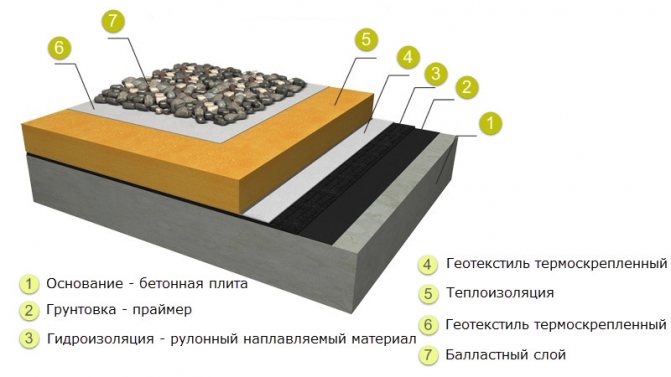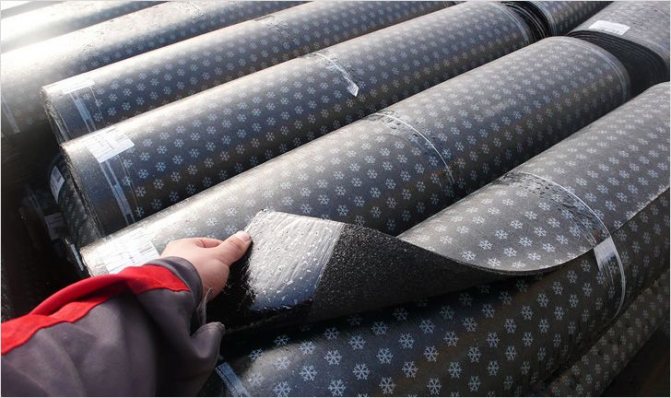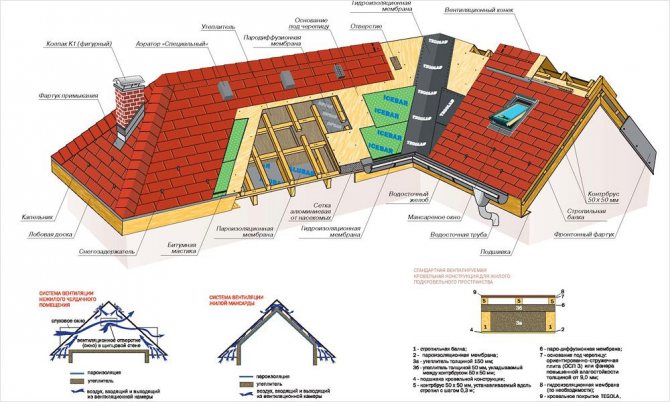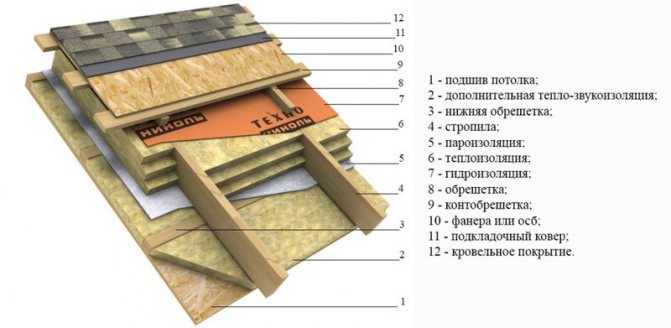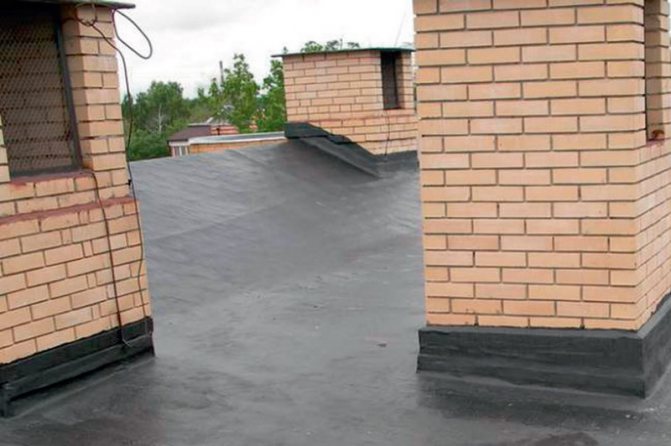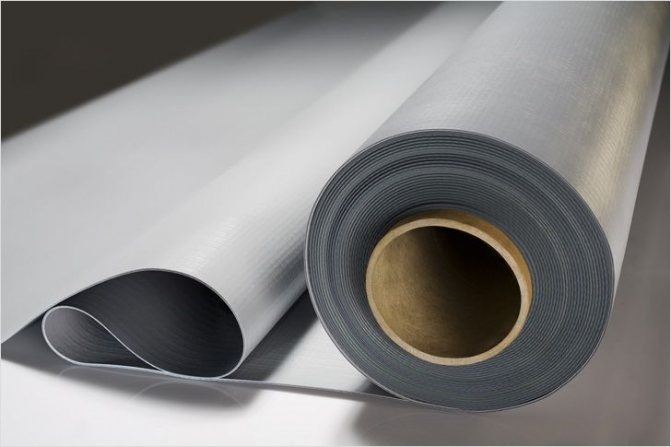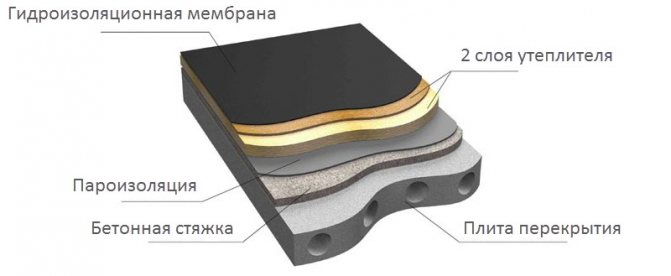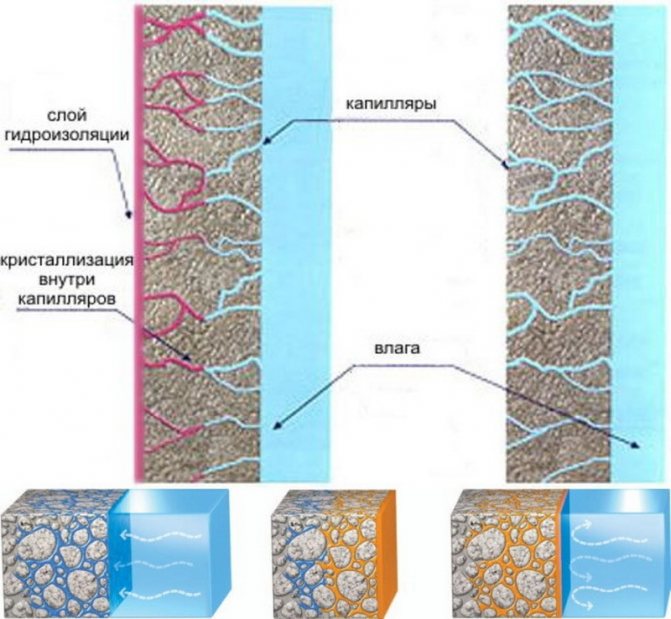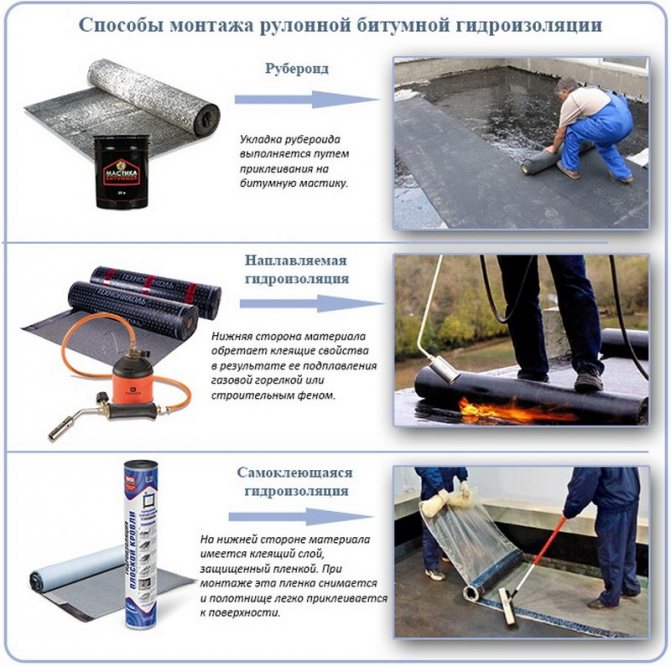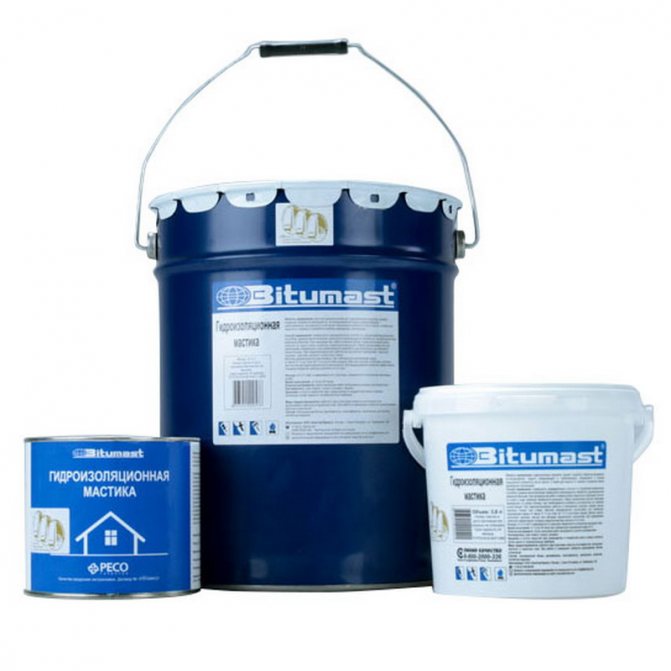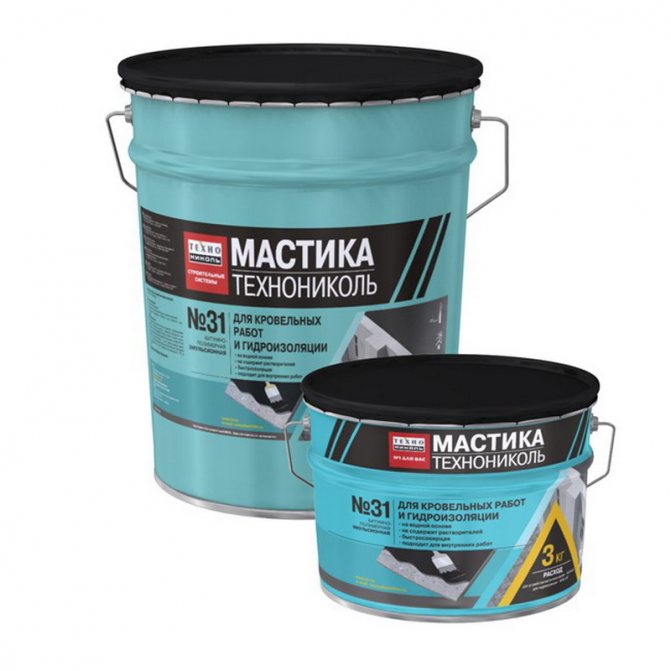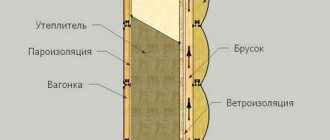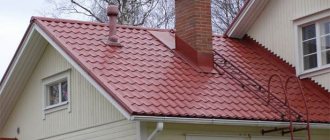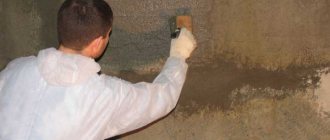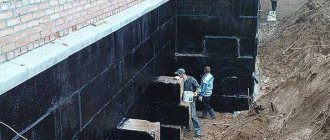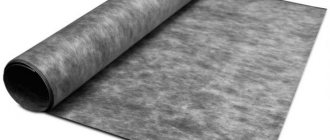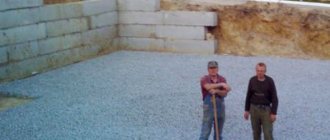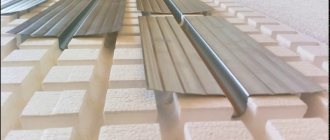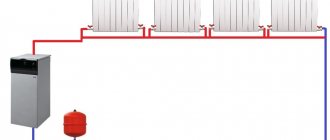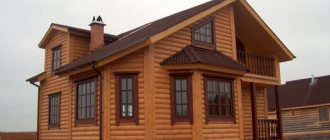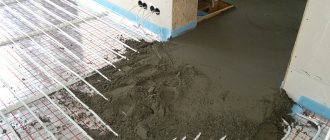Roofing profiled metal sheets are one of the most common roofing materials. The popularity of corrugated board is due to the democratic price, ease of installation, and low weight. However, along with the obvious advantages, this material has no less noticeable disadvantages. One of them is increased condensation. Under certain conditions, heavy dew falls on steel sheets, both outside and inside. Because of this, from time to time a little rain literally drizzles under the roof. Wooden structures and insulation have to be protected from condensation. The authors of some articles posted on the Internet claim that a waterproofing layer should be located under the steel sheets and even allow themselves to give advice on the choice of material. However, in fact, waterproofing under the corrugated board is not needed, and sometimes it is contraindicated.
What materials insulating against moisture are used in construction
It should be understood: by no means all materials designed to protect against moisture are waterproofing.
Waterproofing ↑
It is absolutely waterproof, withstands a fairly large water pressure (continuous flow of water), is very durable and resistant to atmospheric influences, ultraviolet radiation, which allows it to be used in an open state. Waterproofing is suitable for the construction of hydraulic and underground structures, building foundations, flat roofs. Waterproofing materials include bitumen and bitumen-polymer roll insulation, mastics, polymer membranes, special cement-polymer penetrating compounds, bentonite clay slabs.
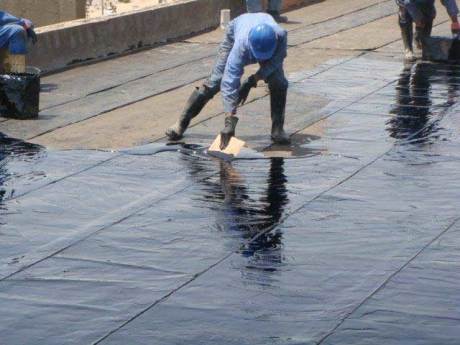
When installing a flat roof, the waterproofing layer can simultaneously serve as a roof covering
Vapor barrier ↑
As the name suggests, it does not allow water vapor to pass through. Roll waterproofing materials and polymer membranes can cope with this task, but they are inconvenient for use in lightweight wall and roof structures. It is much easier to attach thin and lightweight reinforced polyethylene vapor barrier films to the frame. And they are much cheaper. The vapor barrier is also waterproof and able to protect against rain. But it does not have sufficient mechanical strength and resistance to ultraviolet radiation, which does not allow the use of vapor barrier in an open form, but only under the protection of roofing and wall cladding.
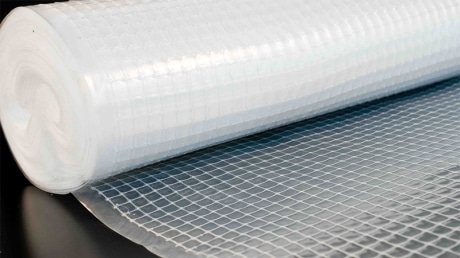

Reinforced polyethylene and polypropylene vapor barrier films are mainly used for roofing. The mounted truss structures in the warm season are allowed to be left uncovered for a couple of months, protected only by a vapor barrier. It will protect the wood from precipitation. But no longer, the UV resistance of the film is limited, and it may not withstand the snow load either.
Wind and moisture insulation ↑
Wind and moisture insulation for the roof is able to protect the fiber insulation from being blown by the wind, to a certain extent retains liquid water, but at the same time freely passes water vapor. Due to such selective properties of moisture transmission, wind and moisture insulating films are also called diffusion membranes. They can be made of polymer fibers (non-woven canvas) or perforated film, there are also combined options.
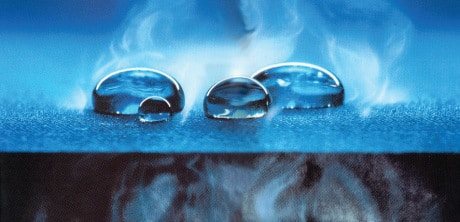

Due to the presence of pores, the diffusion, wind and moisture-proof membrane allows water vapor to pass through.But the size of these pores is so small that water droplets falling on the surface do not penetrate the film. Surface tension prevents this from happening. However, if the membrane is wetted for a long time and abundantly, sooner or later it will get wet, "it will leak." Wind and moisture protection is not suitable as protection against heavy rain; immediately after its installation, the roof should be covered with a roof covering
Roof waterproofing installation
The roof can be covered with any material - natural or metal tiles, profiled sheets, slate, wood. Roofing material, stone, copper and others. But for its long-term operation without unplanned repairs, proper laying of all components, including waterproofing, is needed, which will protect the whole house from destruction.
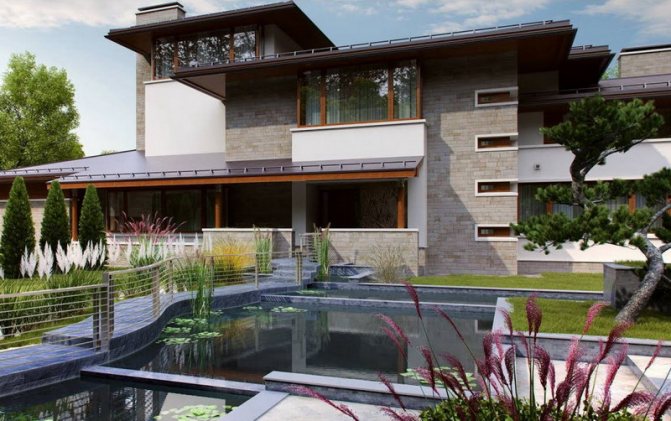

A properly equipped waterproof roof with good heat and sound insulation will ensure the longevity of the whole house
Roof waterproofing with mastic
Bituminous mastic is a good waterproofing agent that allows you to quickly and efficiently seal the roof without expensive equipment and special equipment.
- Surface preparation. Remove sand, debris, dust and other contaminants and rinse the surface. After drying, a primer is applied to improve the adhesion of the mastic to the roof surface.
- Preparation of mastic. The mastic is thoroughly mixed with a construction mixer or a drill. If necessary, heat up to 50-60 ° C to increase its plasticity and easy application. In addition, heated mastic interacts better with bitumen and bitumen-rubber roll materials. If provided by the technology, the mastic is diluted with gasoline or white spirit. In this case, work in respirators to avoid poisoning by volatile solvent vapors.
- Application of mastic. Apply mastic in different ways. More often used - with a roller or brush. If the mastic is applied in several layers, then each subsequent layer is coated only after the previous one has dried. Another common method of application - bulk - the mastic is poured over the surface and leveled with scrapers, rollers, long-handled mops. Sometimes the mastic is applied by airless spray. Special equipment is already required here, but the layers are uniform, but the consumption of the waterproofer is greater.

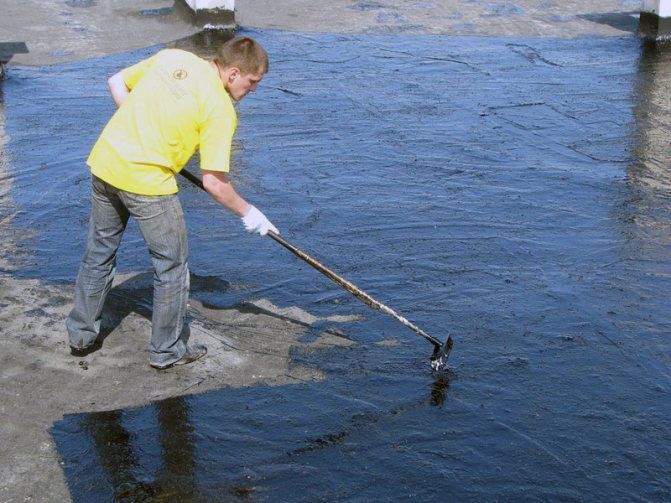
Correct application of bitumen mastic for roof waterproofing
Video: polyurethane mastic for roof repair and waterproofing
Laying waterproofing on the roof
When choosing a waterproofing agent for sealing a roof, it is better to purchase a waterproofing agent based on fiberglass coated with bitumen. Such a composition will create a strong and durable coating that resists fire, moisture and mechanical damage well.
- Surface preparation. Cleans the work surface of old coating and debris. Check for chips, cracks and irregularities. If found, they are sealed with cement mortar and left to dry. Then they are primed with a primer for leveling and better adhesion of the waterproofing.
- Application. After the primer has dried, proceed to the application of the waterproofing agent. The most common application method is hot styling with a torch, hot air gun or blowtorch on small areas. When heated, rolls of waterproofing material are gradually unrolled, tightly pressing to the surface and leveling. Each segment is joined to the previous one (or parallel) with an overlap of at least 10 cm. The second technology is using bituminous mastic, which is applied to the base of the roof. Rolls of waterproofing are rolled over it and pressed tightly with a heavy roller. All strips are laid with an overlap. The third method of installing waterproofing insulation is considered simple, but not very reliable. Rolls are rolled out on the roof with an overlap of 15 cm, leveled and fastened with a construction stapler. This installation method is only suitable for flat roofs with a slight slope for water drainage.

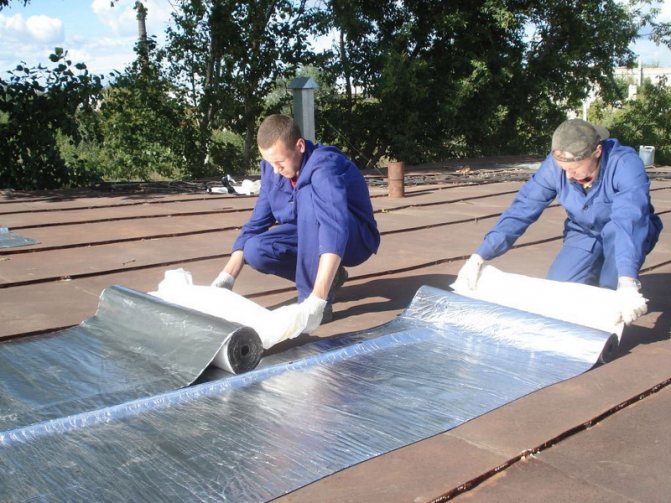
Rolls of waterproofing are rolled out on the roof with an overlap of 15 cm, leveled and fastened with a construction stapler
After laying the waterproofing, it is recommended to coat the existing joints with resin or mastic.
If, when working with waterproofing on the street, it is below +10 ° C, then you should first withstand the rolls for a day in a room with room temperature.
Video: laying waterproofing with a hot method
Waterproofing concrete roof
It is not difficult to waterproof a concrete roof yourself if you follow the instructions.
- They clean the surface well, rinse it and dry it.
- A screed is made of high-quality concrete, observing (if the roof is flat) a slight slope of the roof towards the drain and, if necessary, reinforcing it. The screed should be even without bulges and if it is arranged correctly, then it will no longer let water through itself.

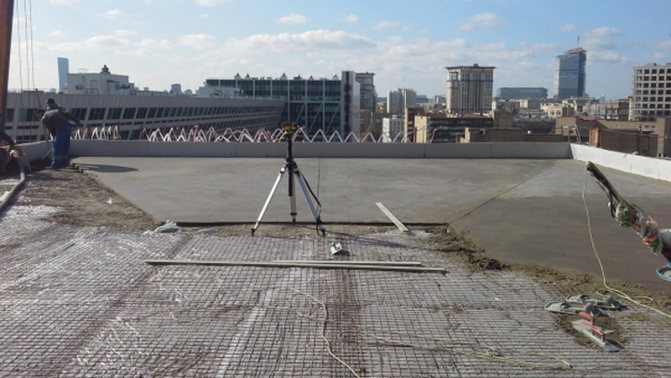
Binding device with reinforcement on a flat concrete roof before laying the waterproofer - Now you need to protect the screed, since concrete, even the best, is a relatively fragile and short-lived material. And if you leave it uncoated, then you need to make a very thick screed. And this means making the structure heavier, which is unacceptable.
- The surface of the screed is primed and any waterproofing agent is laid according to the rules for its application.
Such waterproofing can last for 20 years, since a properly arranged screed itself is a seamless and durable coating, and a roofing material protected from above is not afraid of ultraviolet radiation, temperature fluctuations, large frosts, strong winds, heavy showers and snowfalls.
When waterproofing a concrete roof, it is important to select a roof deck, taking into account the pressure on the supporting elements, since the screed itself is already an additional load. Therefore, the covering material should not be heavy.
Video: DIY garage roof
Roof waterproofing with liquid rubber
There are many advantages to using liquid rubber as a roof waterproofing. But one big drawback is that for its application you need expensive equipment, which makes sense to buy only with the constant availability of large volumes of work. Then it will pay off quickly. Because of this, private developers who equip the roof with their own hands have to invite a team of craftsmen with equipment or rent it to perform waterproofing work with liquid rubber. Liquid rubber is applied by spraying at an air temperature of at least +5 ° C in dry weather.
- The amount of material is calculated, taking as a basis - for applying rubber with a layer of 1 mm, 1.5 liters of a waterproofing agent per 1 m² will be required, and taking into account the required thickness of layers for different surfaces according to the standards. For wooden and metal surfaces - 1.5 mm, concrete and reinforced concrete - 3-4 mm, membrane - 2 mm. Knowing the coverage area, the thickness of each layer and the basic consumption, it is easy to calculate the amount of liquid rubber. For example, to cover with one 3 mm layer of concrete surface of 100 m², ≈ 450 liters of liquid rubber (1.5 liters x3 x 100 m²) will be needed.
- Prepare the surface. Dismantle the old coating. They clean the surface of debris, eliminate all defects, level it with a cement-sand mortar and rinse it, preferably with a high-pressure washing unit.
- The dried surface is primed.
- A waterproofing agent is applied by spraying using special equipment, the principle of which resembles spraying with a spray gun.

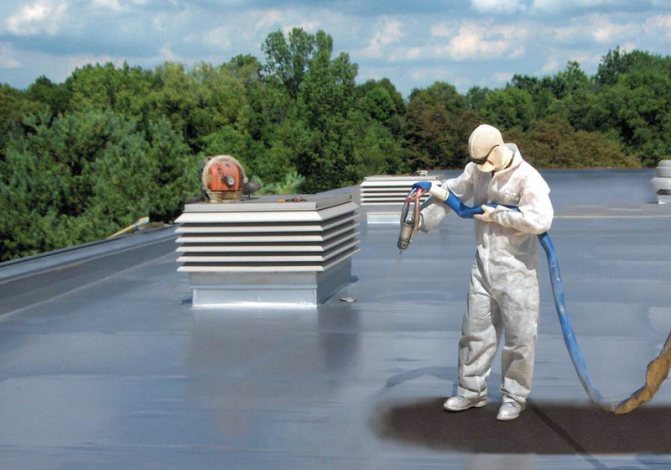
Spraying should only be carried out in workwear.
Although liquid rubber is a non-toxic material, nevertheless, the specificity of spraying provides for work in overalls, protecting it from getting the waterproofer on the skin. Liquid rubber hardens instantly, so it takes skill to apply an even coat quickly.
Video: spraying liquid rubber
Do-it-yourself roof waterproofing installation
Roof waterproofing device is not just an important, but a necessary process, it begins immediately after the assembly and installation of the rafter system. In private housing construction, roll films are most often used.
- Roll the film across the rafters with the smooth side up.
- Fix one side of the canvas with a stapler, then slightly pull it, leveling it, and fix it along the entire length.
- The edges of the film are cut off.
- To ensure ventilation of the under-roof space, a counter-lattice is installed and after that, the crate is mounted.
- Layers of film canvases are laid with an overlap (10 cm), and with a roof slope over 30 ° - 15–20 cm and the joints are sealed with tape.
- They work from the bottom up and, going up to the ridge, bend the film to the other side of the roof, fixing it around the perimeter.
- After laying the film, the joints are carefully sealed.
Video: roof waterproofing, installation of counter battens and battens
When laying the waterproofing material in several layers, it must be borne in mind that each upper layer should lie on the lower one with an offset of about 50 cm, and also that the optimum temperature for waterproofing with roll materials is from +10 ° C. Compliance with all rules and regulations is a guarantee of roof protection from leaks, and therefore comfort and coziness in the house.
What is a roofing film (membrane) ↑
It is clear: if the film is under-roofing, it means that it is placed directly under the roof covering. One of its main functions is to protect the rafter system and insulation (if any) from condensation, which can abundantly fall out on profiled metal sheets. Any of the above insulation materials will cope with it: hydro (steam) insulation, diffusion membrane (wind insulation). However, these are not all the tasks that the roofing film is designed to solve. What exactly is required of it and how to choose the right under-roofing film (membrane) directly depends on the type of roof. Consider two types of roofs: cold attic and warm attic.
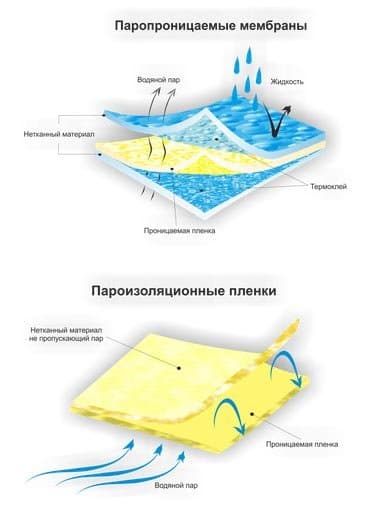

Recently, there has been a tendency to call the vapor barrier a subroofing film, and wind moisture insulation - a subroofing membrane. This is not entirely correct use of the terms, but it just so happened. The main thing is in the difference in the physical properties of these materials.
It is important to know: unfortunately, the Internet is full of confusion on this topic, ignorant sellers of building materials and illiterate builders also contribute. Often, wind and moisture insulation and vapor barrier are called waterproofing. This is wrong, you need to understand that this is not the same thing, materials have different physical properties, they are designed for different types of roofs.
Roof above the cold attic ↑
There is no need to insulate the attic roof, but you can ventilate it by arranging holes in the gable walls or filing.
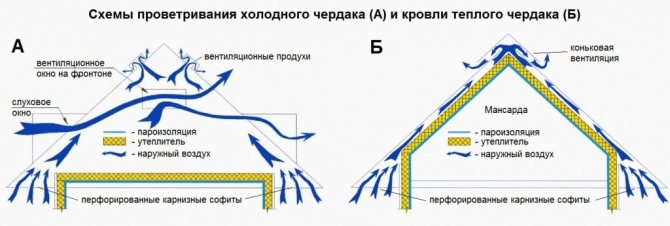

In our case, the fundamental difference between a cold attic and a mansard (combined) roof is how they are ventilated, how excess moisture is removed from wood and insulation
Thus, moisture from the inside of the attic is removed due to good internal ventilation, it is only necessary to protect the structures from condensation that forms on the underside of the roofing. Installation of waterproofing under the corrugated board is possible. Once they did it, they rolled roofing material under corrugated asbestos-cement sheets (slate). Theoretically, you can use old linoleum, sheets of plastic, tin and other unnecessary trash that does not allow water to pass through. However, a special vapor barrier film will last longer, it is easier to fix, it is very inexpensive. You can also use a diffusion membrane, but there is not much sense in this: it will cost more, and its properties of passing water vapor will be unclaimed.
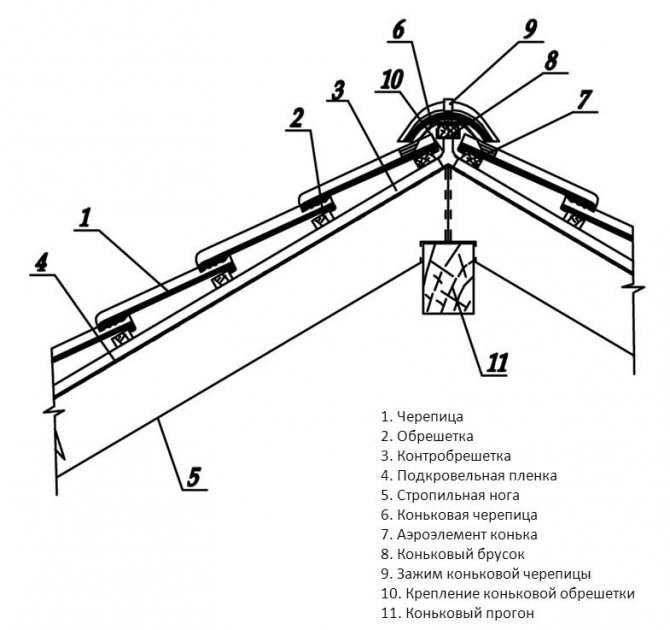

The roof structure of a cold attic should include a vapor barrier film
It is important to know: for a cold attic roof, the best roofing film is a vapor barrier, but any type of moisture-wicking material will do.
VARIETIES AND CHARACTERISTICS OF THE HYDROBARRIER
For waterproofing a roof under a metal roof, films and membranes are used today. The membrane is a newly developed waterproofing material that is characterized by the presence of microperforations, due to which the material releases steam to the outside, not allowing moisture to enter the structure. Membranes consist of three to four layers of polyethylene or polyvinyl chloride, two of which ensure the strength of the product.
Thus, the anti-condensation waterproofing film for the roof is divided into the following types:
- standard film (suitable for waterproofing roofs under metal tiles in a cold attic, corrugated roofs, for a roof of a conventional structure, while double-circuit ventilation is required);
- membrane or diffusion film (has a high vapor permeability, therefore, does not require the organization of double-circuit ventilation);
The material is produced in rolls 50 m long and 1.5 m wide. The density of the films is 90-110 g / m2, the density of the membranes is 90.110, 135 and more g / m2.
Roof over a warm attic ↑
The mansard roof has to be insulated, and the insulation and wooden structures have the ability to absorb moisture from the air. It will not work to ventilate them from below, from the side of the premises, the air there is more humid than outside. On the contrary, from the inside, the roof must be protected from moisture by covering the rafters with a vapor barrier film. The only way to prevent wood and mineral wool from getting damp is to ensure their ventilation outside, making sure to leave a ventilated air gap with a height of at least 4 cm between the roofing and the under-roofing film.Hydro (steam) insulation will not ensure the escape of water vapor, therefore, only vapor-permeable wind and moisture insulation is used for mansard roofs (diffusion membrane).
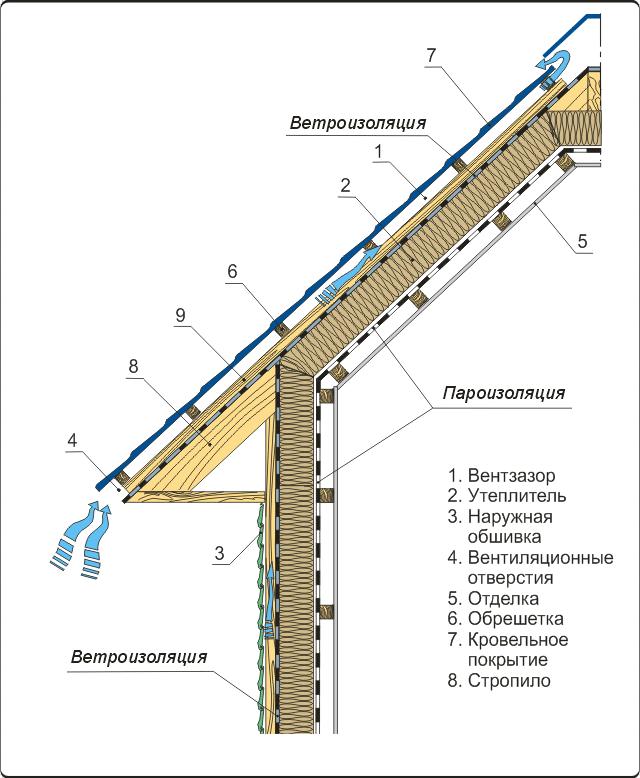

Correct construction of the attic roof and walls of the frame house. From the inside, the structure should be protected by a vapor barrier, from the outside by wind and moisture protection. But not the other way around!
It is important to know: the only suitable option for a roofing film (membrane) for a standard attic roof structure is a diffusion membrane.
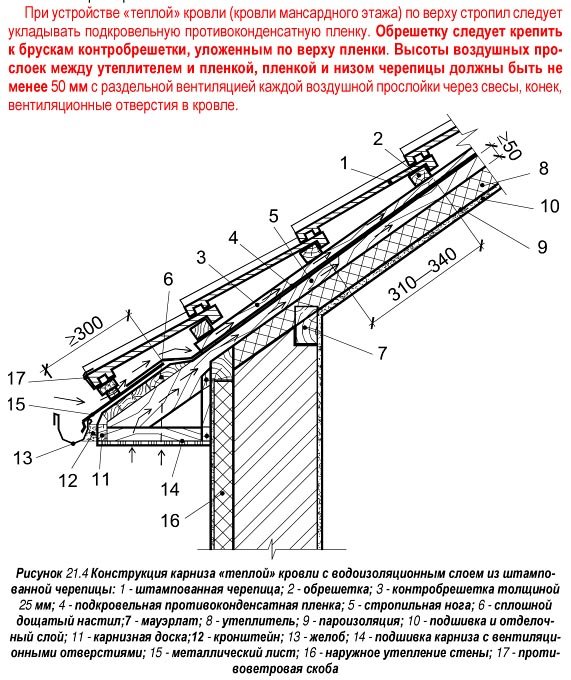

There is a version of the combined (attic) roof, in which a vapor-tight hydro or vapor barrier is used as a roofing film. But in this case, it is necessary to ensure effective ventilation of the space both above and below the film, the total height of the ventilation gaps will reach 10 cm. This solution is effective, but complicates the design and is rarely used. Please note that the underlay (4), closer to the overhang, is led out over the steel apron (15), and that into the gutter of the gutter system. This should always be done, this is to ensure that condensate flows out of the roof structure.
In conclusion, let us say that not only the comfort of living in the house, but also the durability of the structure depends on how correctly the roof structure is selected and the materials for its installation are chosen. If you do not have sufficient knowledge in the field of construction, do not have the time or desire to delve into the intricacies of modern technologies, the best solution would be to entrust the execution of important work to experienced professionals.
Installation of waterproofing
Rolls of waterproofing are rolled horizontally along the rafters, starting from the eaves. An overlap of 15 cm is made between the panels.
For films of the YUTAFOL or YUTAKON type, the side of the film with a colored stripe along the edge must be facing outward, the material must not be turned over. When installing the YUTAVEK membrane, the colored side of the membrane must face outward. There are many types of under-roofing films about the applicability of which in one case or another, consult in advance.
